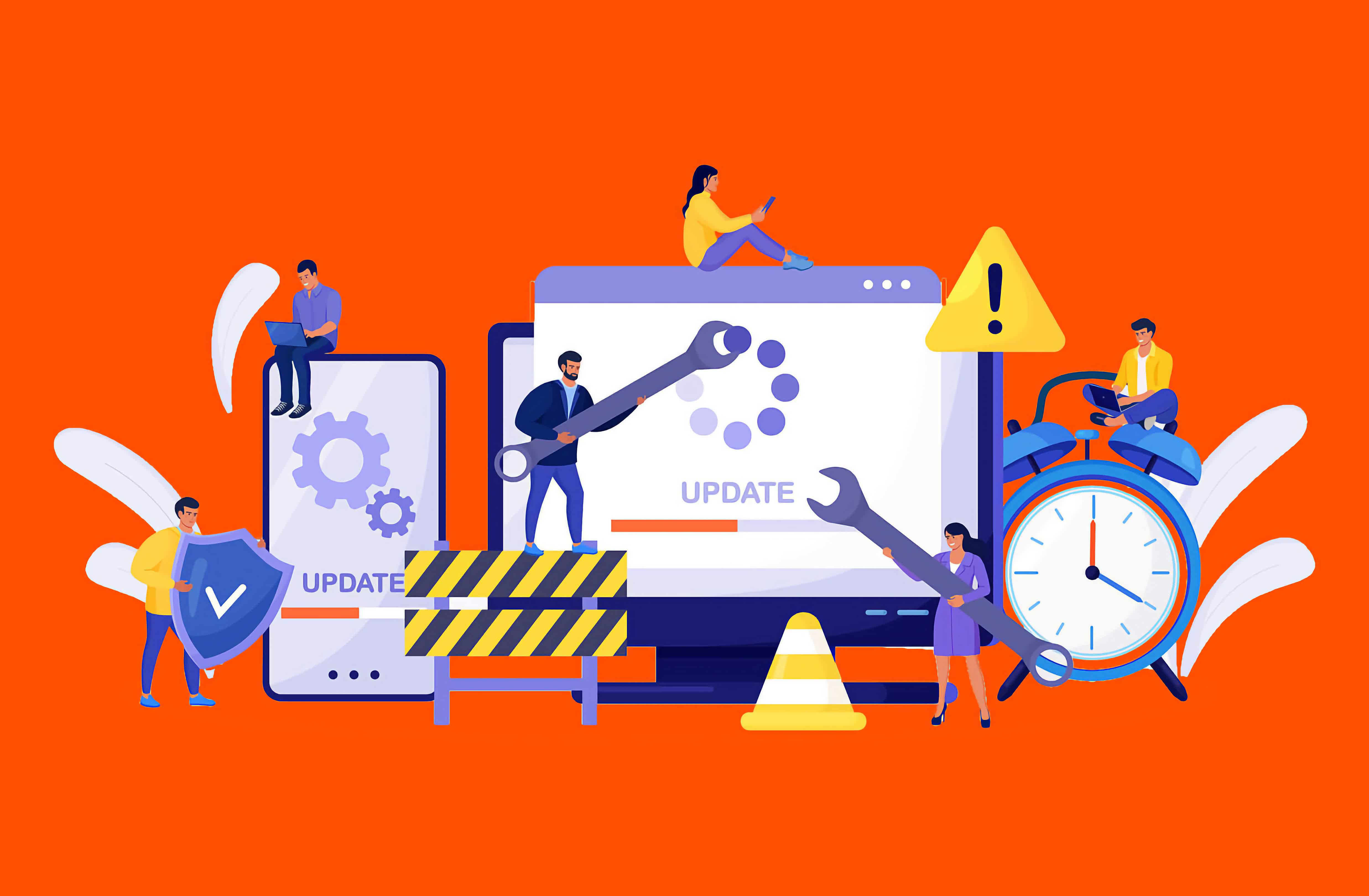Failover vs. Failback: Two Disaster Recovery Methods
A key distinction in the realm of disaster recovery is 关键字2the one between failover and failback. Both terms describe two sides of the same coin, complementary processes that are often brought together. However, their effects and purposes couldn't be more different. Both play critical roles in ensuring business continuity and disaster recovery, making it essential to understand what they are and how they differ. Failover is a business continuity operation that ensures continued access to a system by fully transitioning to another instance of that system. This secondary system is designed to be resilient, ideally unaffected by the event that compromised the primary system. Put simply, failover occurs when connectivity is switched from one system instance to another. This can happen in various ways, including: Editor's Note: The critical point about failover is that it involves a complete migration of logical or physical access from the primary system, server, or hosting location to a secondary one. While other processes, such as load balancing, may distribute partial connectivity between system instances or components, they do not qualify as failover because they do not represent a full cutover. Failback is the quintessential disaster recovery operation. It involves a full migration back to the production status quo – a recovery if you will – at the validated conclusion of a disaster. Failback occurs when a system reverts back to the primary environment after the root cause of a disruption has been addressed. In practice, this looks like a failover, but in reverse. Once the primary system is restored, access is pointed to that system, and the standby is deactivated. This reversion is a critical distinction. Some organizations may have complete standby systems for critical applications, which permit full operations on the standby system. In that case, the standby can rightfully be considered the primary and the repaired former primary the new standby. Failover is critical in a business continuity event because it keeps operations running. By having a system to which your business can transition when a primary system is unavailable, you're able to continue doing business. People can work, revenue streams are preserved, and customers can be served. Without failover, these functions could grind to a halt, leading to significant disruption. Many organizations depend on technology for critical processes, and when those processes are unavailable, analog alternatives may be insufficient or entirely obsolete. Failover ensures that even in a disaster, the business keeps moving. Failback comes into play once the need for failover ends. As the disaster is resolved, failback allows the organization to return to normal operations. Typically, failback is necessary when the standby system cannot sustain operations as effectively as the primary system. For instance, a standby system may not be a full replica of the primary system and might be designed only for temporary use during an emergency. For mission-critical systems, some organizations may build a standby system that is a full replica of the primary. While costly, this approach mitigates the risks of diminished functionality during disasters. In an ideal world, every business would maintain two fully operational environments: a primary environment and an identical standby environment. This setup would allow for seamless transitions during disasters, ensuring that business operations are completely unaffected. However, that model can effectively double an IT budget: two sets of endpoints, two sets of servers, two sets of cloud environments, two sets of data, staff to support that both in IT and business operations, etc. It's costly and inefficient for any company, to the point where no company truly maintains that support model. Instead, most organizations opt for a failover and failback model because it balances cost and efficiency. With this approach, the standby environment is designed to sustain critical operations during a disaster, even if it's not as robust as the primary system. This makes it more economical, less work is duplicated, and the risk of data loss or impact is lower. It's crucial to maintain a well-designed secondary environment. Cutting costs too deeply on a standby system can result in inefficiencies or financial losses if critical operations are disrupted. Striking the right balance between cost and functionality is key. If uninterrupted business operations are essential, then a strategic failover and failback plan is not optional – it's a necessity.What is Failover?

This guest blog post was written by the staff at Pure Storage, an US-based publicly traded tech company dedicated to enterprise all-flash data storage solutions. Pure Storage keeps a very active blog, this is one of their "Purely Educational" posts that we are reprinting here with their permission.What is Failback?

The Role of Failover and Failback in Disaster Recovery

The Benefits of Leveraging Both Failover and Failback

- 最近发表
- 随机阅读
-
- 犯罪悬疑电影《私家侦探》预售开启 古天乐撞破桃色连环血案
- 第551章 这是北翼的主场
- 第545章 我是晋王未过门的妻子
- 第578章 一惹就惹大事
- 2021青马·马术夏令营第7日全记录:我们学会了如何正确上下马
- 第600章 为我东蓠和西月抵命
- 第591章 你陷害哀家
- 第595章 这千古杰出无可匹敌的人物
- 青云诀之伏魔兑换码最新2025
- 第633章 不是他的小姑娘下的药
- 第636章 让我们来跪一宿就上朝了
- 第620章 每一天都在思念唐楚君
- 2021青马·马术夏令营第7日全记录:我们学会了如何正确上下马
- 第564章 这个世界应有的样子
- 第553章 塔路你娘喊你回家吃饭了
- 第564章 这个世界应有的样子
- 好运山东·东方航天港2024年全国沙排巡回赛(山东海阳站)圆满落幕
- 第549章 先生也觉得学生潜力无限
- 第565章 酒不醉人人自醉
- 第565章 酒不醉人人自醉
- 搜索
-
- 友情链接
-